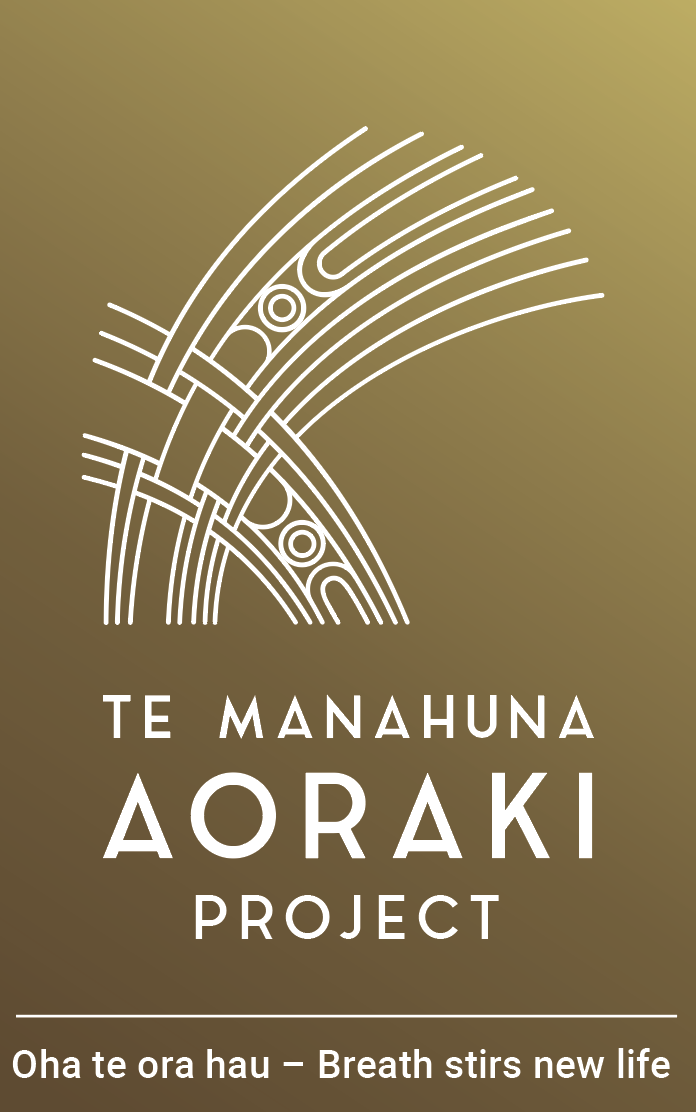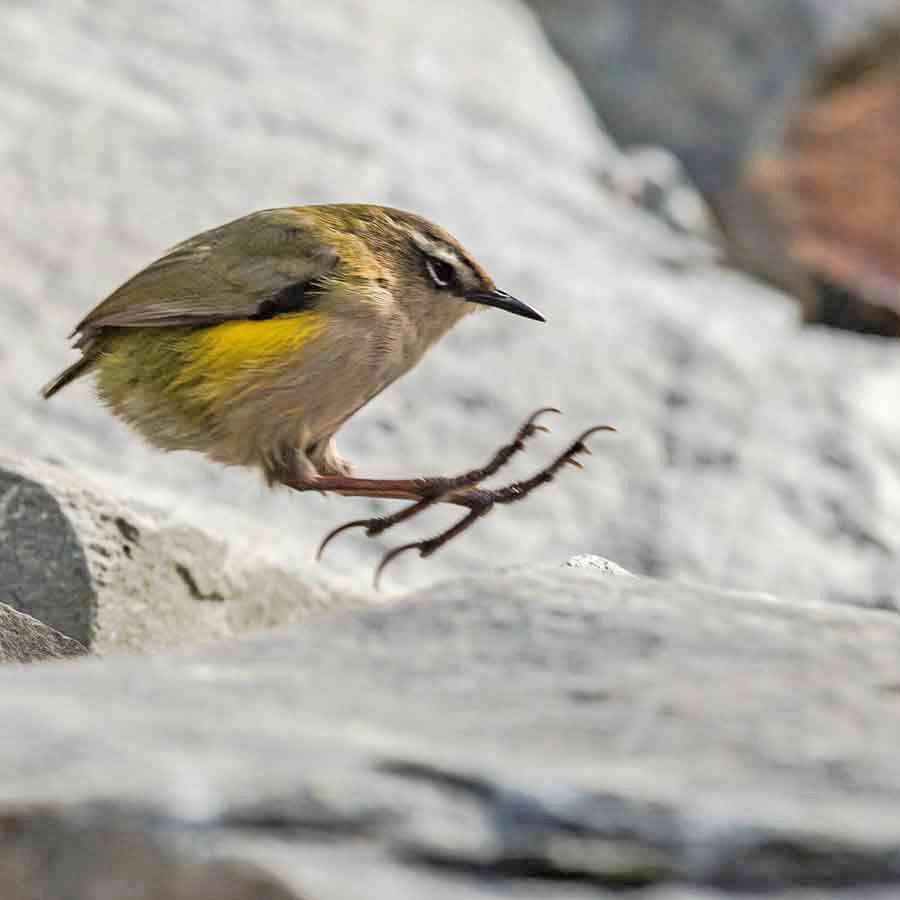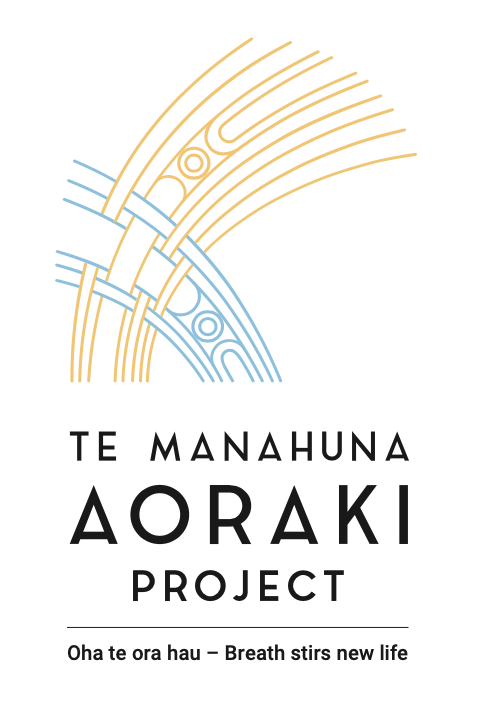Monitoring
Monitoring is an important part of our work. By understanding how native species were doing before we started, we can identify how the project’s pest and weed control is influencing their survival. We are also growing the existing knowledge about species in the project area.
Braided river birds
Braided rivers ecosystems are in constant movement and the birds that nest there have adapted to live in these changing environments.
The project monitors the hatching and fledging success of three braided river birds – tūturiwhatu/ banded dotterels, tarapirohe / black-fronted terns, and tarāpuka / black-billed gulls. We use motion activated cameras and visual checks.
Since 2018, we’ve done three years of monitoring, and we will repeat this again between now and 2025 – to measure the benefits of predator control in terms of breeding success, survival and population growth. So far, we’ve seen improvement in the breeding of all three species and increased predator control should.
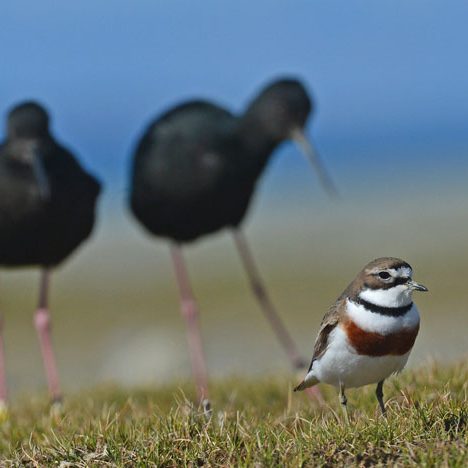
Watch this video about monitoring braided river birds to test their survival with fewer predators around
Tuke/rock wren
Tuke/rock wren are true alpine birds, living high in the mountains. Before the 1980’s they were commonly seen around the popular walking tracks of Aoraki/Mount Cook National Park. However, they are very vulnerable to stoats so it’s now rare to see one.
Since 2019 we have been surveying rock wren sites over summer, following up DOC’s historic records from the 1980s. The survey sites include the Malte Brun, Liebig, Gamack, Sibbald and Ben Ōhau ranges. Observers walk hundreds of km’s over mountain tops, rocks cliffs and boulder basins searching for tuke.
In 2021 rock wren were found at all nine survey sites – although numbers are small with only around 50 of the tiny alpine birds spotted.
The good news is monitoring at other South Island sites have found rock wren populations respond quickly when there is predator control. With a single pair of tuke able to produce several clutches each breeding season we hope our increased mountain pest control will help them.
The lizards of Te Manahuna Aoraki
Skinks drop their tail if they are being threatened as a way to distract predators and we’ve found many with missing tails. Tails can regrow but sometimes they come back with slightly different patterning or colouring. The tails are a good fat repository and will help them survive the winter so shedding them is a last resort.
In 2021 we began monitoring lizards in the project area. A total of 200 pitfall traps are set up and baited with canned pear, for four fine weather days over summer. The monitoring team check the traps each morning, examining, measuring and photographing each lizard found.
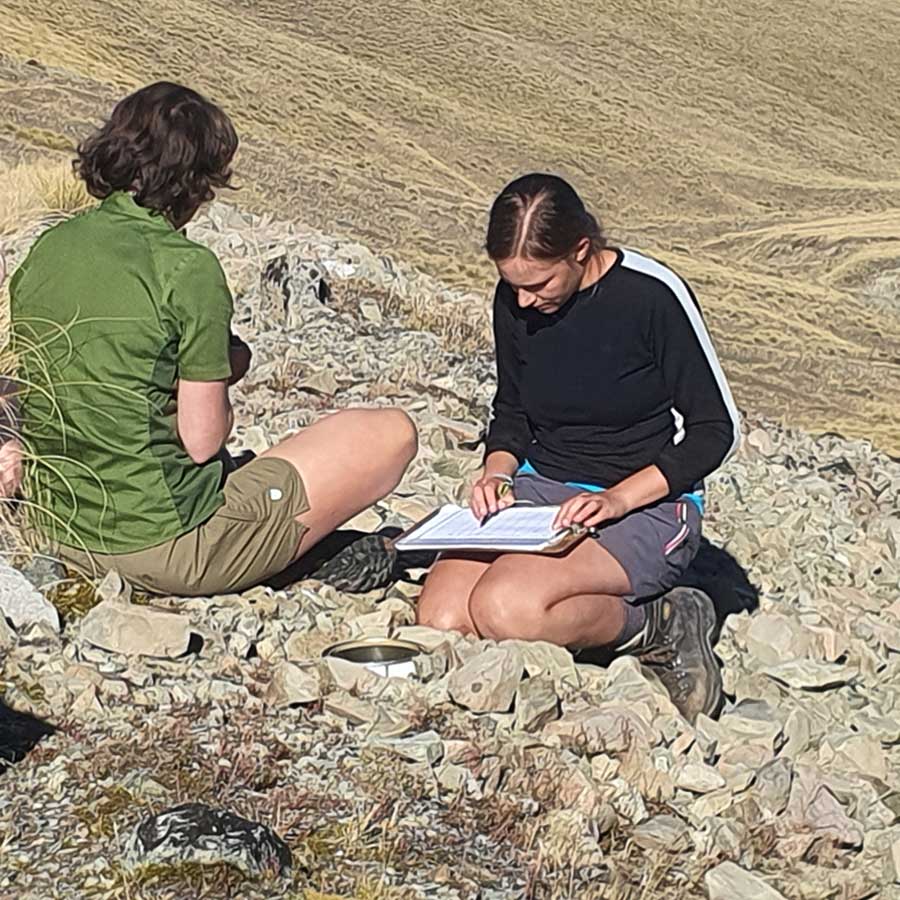
McCann’s skink
HOW TO TELL SKINKS FROM GECKOS
Skinks are more slender than geckos, and geckos don’t have moveable eyelids so they can’t blink - instead, they have a clear scale that protects their eyes.
Insects
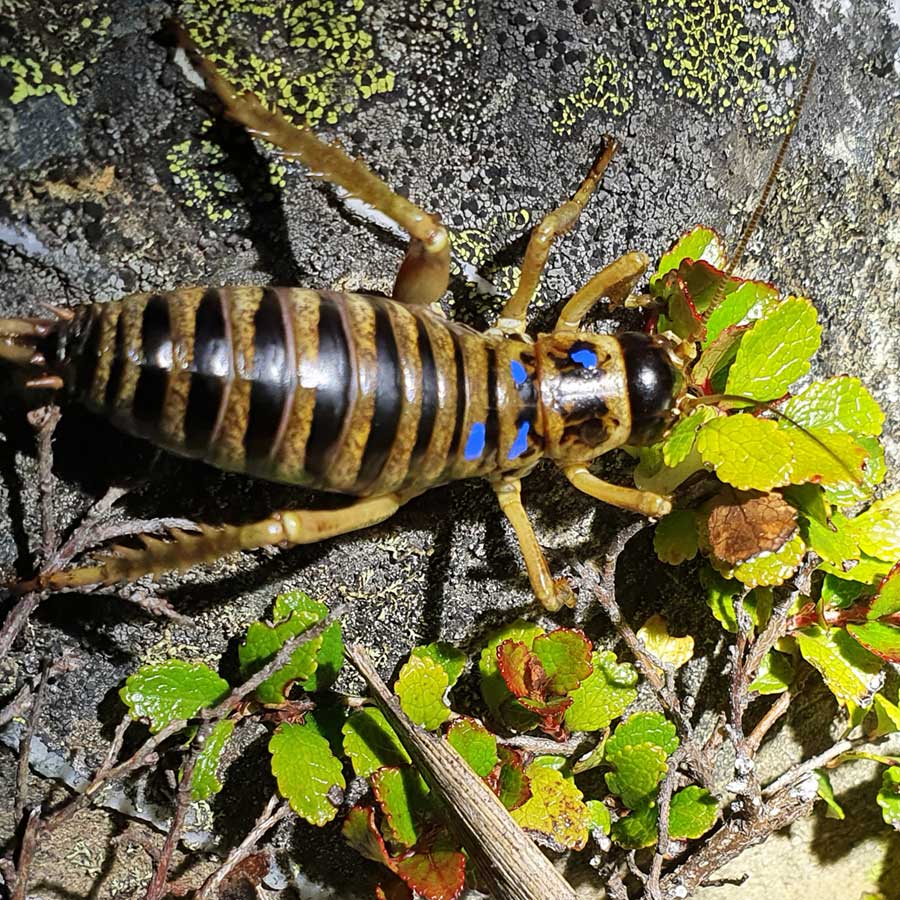
They are part of nature’s food chain – birds and lizards enjoy them as a tasty treat, and the insects help with pollination and eat plants, with their waste going back into the ecosystem as a source of fertiliser.
Unlike native birds which have been studied for years there is not a lot of information about wētā, grasshoppers, spiders and beetles in the project area. Since 2021 we have been monitoring insects at 15 sites, at various altitudes and habitats.
This will help us establish a clear picture of what is there now, and how this changes after pest control.
What we are monitoring
Photo credits: Simone Smits, Liz Brown, Chad Cottle, Julia Gibson
